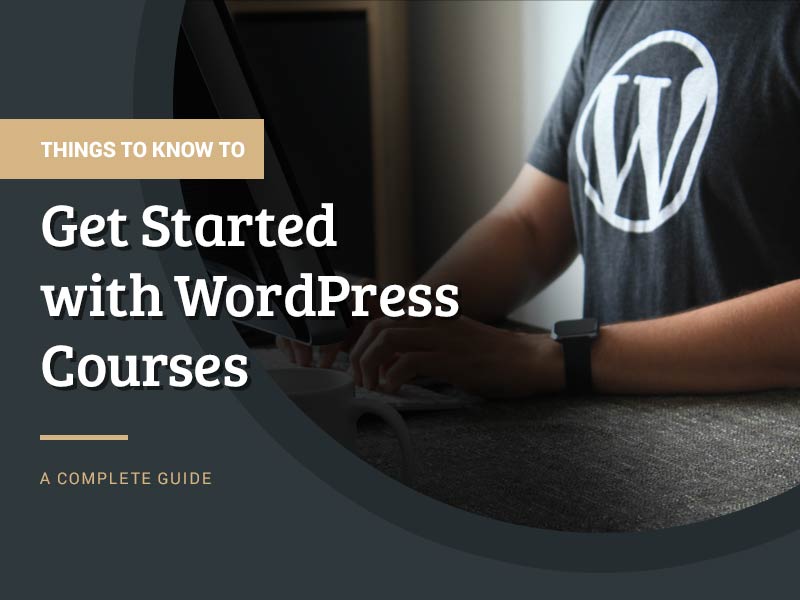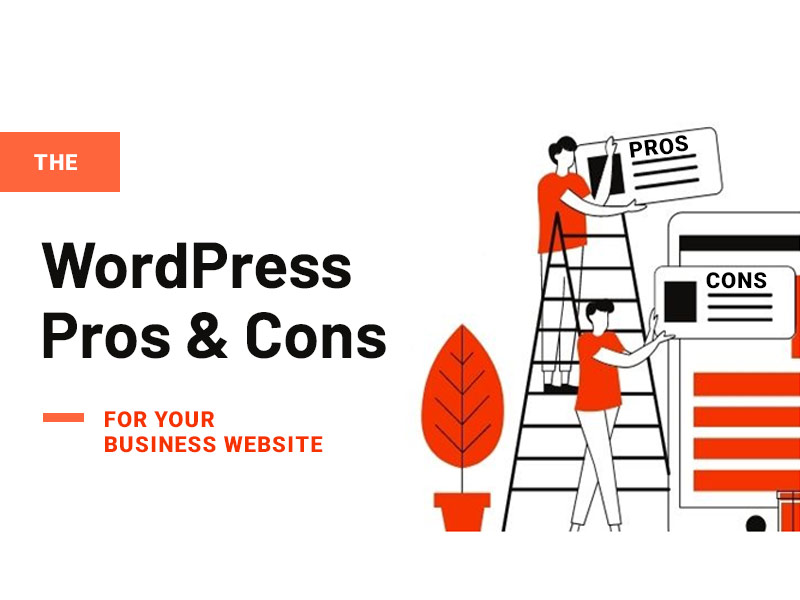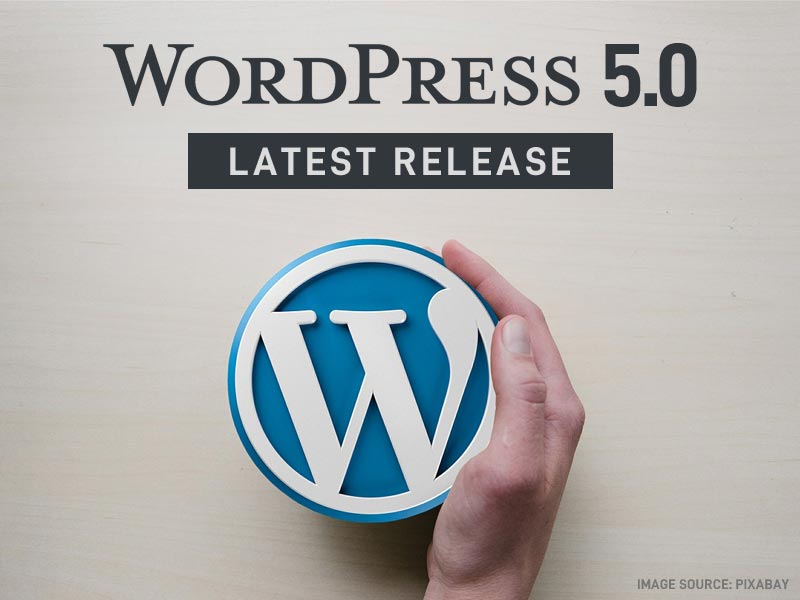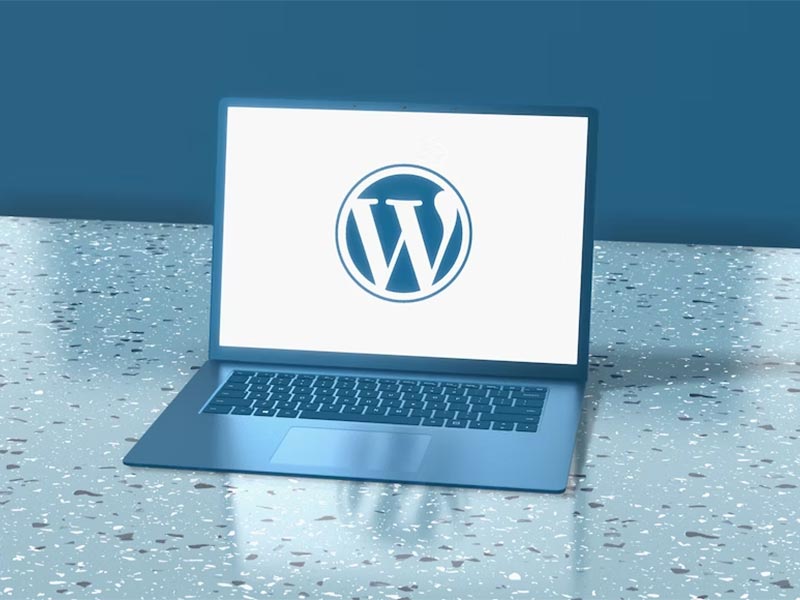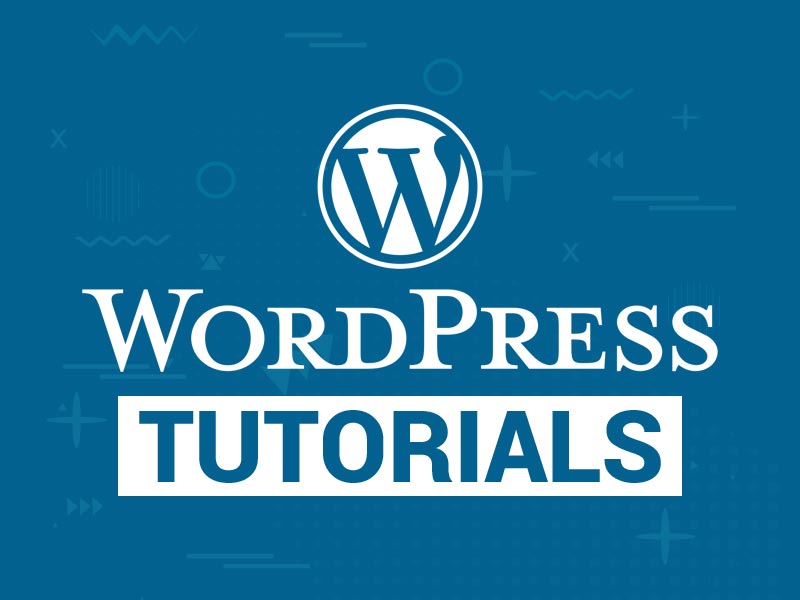WordPress is a free and open-source content management system (CMS) based on PHP and MySQL. It was first released in 2003, and it has since grown in popularity, particularly as a blogging platform. It has also expanded to handle e-commerce, though there are many plug-ins available for this function that is not included with the original WordPress package. For example, themes are not included with the initial installation of WordPress, unlike some other content management systems. Still, thousands of themes are available on the internet that can be downloaded for free or bought from third-party providers.
WordPress has evolved into an open publishing platform with features present in software packages like Adobe’s Creative Cloud, Microsoft Outlook, Microsoft Office 365, Google Drive, Google Docs, and Tumblr. This makes it possible for users to maintain blogs or other websites for their professions or personal interests.
Importance of WordPress
WordPress powers about one-quarter of all websites in existence. It gives people the tools they need to set up and maintain an entire site independently without consulting with a developer or web designer. It’s also open-source, meaning that the software’s code powering is accessible to anyone who wants to see what’s going on under the hood. This makes it easy for developers to get involved in WordPress, but it can also be a barrier for those new to coding.
However, it’s not just available for self-hosted blogs and sites. WordPress has gone corporate by creating enterprise solutions that businesses can use for their website, including themes and plug-ins explicitly tailored for different industries. It might not be the best choice for some organizations that need more sophisticated features like e-commerce or membership sites, but it’s perfect for most blogs or small business websites.
Top 4 Things to Learn to Get Started with WordPress
- Introduction to WordPress
- Features of WordPress
- WordPress.org and WordPress.com
- WordPress Installation
1. Introduction to WordPress
Any WordPress course online starts with an Introduction to WordPress. This is the very first chapter that will give you an idea of what’s coming. In the introduction chapter, you will learn about what WordPress is. The chapter focuses on making students understand the use and scope of WordPress.
WordPress is a free and open-source content management system. It is one of the most potent CMS on the market today. It offers many beneficial features for bloggers and those who want to create a personal website. WordPress can be used to create blogs and websites. It provides many advantageous features for bloggers and those who want to create a unique website. These features include an intuitive drag-and-drop editor, a built-in search engine, and the ability to upload custom themes and plug-ins. WordPress also has its mobile app, which makes it even more accessible to users on the go.
2. Features of WordPress
The WordPress CMS was created by Matt Mullenweg and Mike Little in 2003. It was first released as open-source software on May 27th, 2003. It was then primarily used as a blogging tool, but over time it has evolved into a full-fledged website builder that can be used to power any type of website. WordPress is used by more than 60 million people worldwide, so you can be sure that it’s one of the best CMS solutions available to you.
Some of its most popular features are:
- WordPress is straightforward. It only takes a little time to get familiar with its user interface
- It’s easy to learn
- it’s incredibly powerful when it comes to creating websites with features like custom layouts
- It can be installed on your hosting using just a few clicks
- WordPress has over 200 free plug-ins for whatever you might need
- You can create a beautiful website with WordPress because it comes with an elegant design out of the box
- You can easily manage all your content with WordPress because it has a drag and drop editor
- With WordPress, you are never limited when it comes to creating your site’s design because there are free themes and plug-ins available to download
3. WordPress.org and WordPress.com
WordPress is a free and open-source blogging platform with over 10 million active installations. The WordPress content management system (CMS) can be self-hosted, in which case the user installs and administers the software on their web hosting. Alternatively, WordPress.com provides free and paid hosting and various features to simplify blogging for amateur bloggers or marketing professionals.
WordPress.org is free and open-source software that can be used to create and maintain a blog. The non-profit WordPress Foundation supports it. It offers thousands of free, customizable themes and plug-ins that can be accessed from WordPress’s Themes directory and Plug-in directory.
WordPress.com offers a complete hosted service for creating and maintaining an individual or business website, integrated with social media features from Facebook, Twitter, LinkedIn, Google+, YouTube, Flickr, and e-commerce features from Amazon. This service is priced at $36 annually or $3 monthly pay-as-you-go plans, including one year of site hosting for one domain from Automattic.
4. WordPress Installation
There are two ways to install WordPress on your website- manually or automatically. No software can be used without installing it. WordPress courses focus on the installation process in the beginning so students can successfully install WordPress. An online course will teach learners about both manual and automatic installation.
Installation is the last step of the first chapter of your WordPress Tutorial. Once you have understood the concept, the features, and how to install it, the course will lead you to more advanced functions of the CMS.
Conclusion
WordPress is a powerful and popular web-publishing platform. Studies show that WordPress powers over 30% of the web. People from all walks of life have trusted this platform to power their blogs, news sites, and even business websites.
With WordPress, you can create your website with just a few clicks. You do not need any coding knowledge to get started! You don’t even need to install anything on your computer or host anything on your server! All you need is an account with a hosting provider and the URL where you want to publish your content. So now that you are aware of the course content pick your favourite WordPress course and get started.
